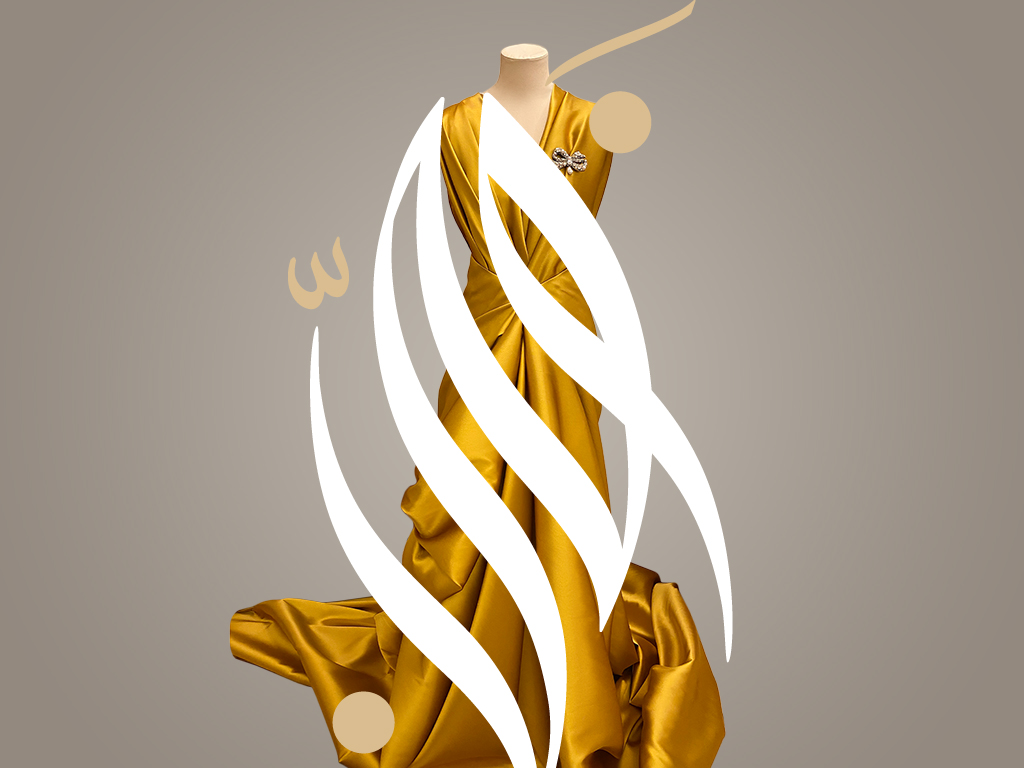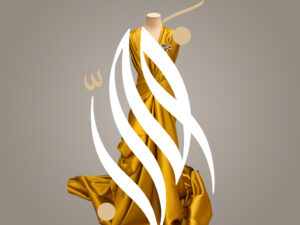
Faye-“Pursue the style you love”.
“what you wear is how you present yourself to world, especially today, when human contacts are so quick. Fashion is instant language”
Miuccia Prada Italian co-CEO and lead designer of the fashion empire Prada
Every fashion and clothing choice we make allows us to tell a story. A story of our personal style, our history, and our dreams. The fabric, colours, and styles we pick communicate that story to others and are often influenced by socio-cultural characteristics, religion, or personal preferences. Yet, fashion goes deeper. Our style and fashion become a language that speaks both consciously or unconsciously about us. Some communicate that so they seek to impress, and others to lift their mood. Some even use fashion as a form of motivation or to address a specific formal dress code.
In short, the fashion we choose can impact our lives beyond a color palette or style. It also can lead to great insights as we strive towards self-discovery.
There is no one way of dressing, the style or pattern we choose to dress may be influenced by who dressed us when we were younger or reflects what we are thinking and what we are feeling.
The style changes throughout your life, as it might go from bold to minimalist, tight to loose, neutrals to colour. Many factors might prompt these changes, but the principal element is the rapid development in the dissemination of fashion to date.
Today’s fashion revolution mirrors the changes in society that have taken place over the last century: the end of empires and colonial rule, revolutions fueled by political ideologies, world wars, economic, artistic movements, design innovation, and the digital age. In addition, trade has significantly impacted the fashion industry; for example, the Silk Road trade linked the Western world with the East. It played a significant role in introducing the East’s diverse textile production and clothing styles to the west. All have shaped how we now live fashion.

Map source: The United Nations Educational, Scientific and Cultural Organization-UNESCO
The fashion industry was created to design, manufacture and sell clothes based on Western preference/culture. The dominance of west fashion in the world, especially European style, has attributed to their lead in this industry. Historically, Europe has been the face of European urbanity, with Paris, Milan, and London considered the fashion centers both culturally and economically. European kings, queens, princesses, princes, nobles, and royals have influenced or controlled the fashion industry by creating trends or setting fashion standards. The major fashion trend amongst the upper class in Europe was Spanish style before France emerged as the capital of fashion. The power of the French monarch Louis XIV controlled and revived the fashion industry in many ways as he had established fashion seasons. The fashion seasonality (Spring/Summer & Fall/winter seasons), beside other fashion trend and standards established by the French monarch Louis XIV have helped further generate interest in France’s booming fashion industry, and has made Paris becoming the fashion capital of the world it is today.
Queen Vicotria, Queen of Britain, also had played a role in influencing fashion trends as she established the tradition of white wedding dress. In 1840 she implemented the trend of wearing a white dress at her wedding, claiming that the colour accentuated the lace detailing on the gown. She ensured that she was the focus of the day, and no other wedding guest could wear white. From then onwards, white remained the primary colour of choice for western wedding ceremonies as the practice transferred from Britain to Europe and the East region. Nevertheless, European fashion has always had an exotic approach to the East and its people. It was to date the sources of inspiration and experimentation for many western designers due to the prosperous multicultural coexistence for thousands of years in the East region.
Today, the western fashion industry recognised the East, especially Middle East (i.e., the Arab world), as a rapidly growing market. They aim to expand their market share; this expansion required western fashion brands to engineer the styles for modesty to bound to the strong Middle Eastern social codes and traditions but with all the flair of the west. Various western fashion brands influences have come a long way in attracting the Arab country’s market, but what has attributed to this success?
Is it the popularity of these western brands, especially the luxury brands? Or perhaps the quality they offer? Or does it satisfy the Arab market needs?
From my point of view, some Arab consumers’ consumption of western fashion brands, especially the luxury brands, may infer certain motives such as boosting perceptions of a person’s status recognised as High-status (i.e., financial and social position) and associated with prestigious and elite. Also, the quality and trendiness of these brands, and their subsequent spread throughout the market, make them increasingly accessible. In addition, the emergence of Arab fashion bloggers and influencers may also have contributed to the popularity of the western fashion brands as they adorned it for consumers as it’s the trend.
The majority of these famous influencers do not necessarily reflect the story of Arab women’s unique glamourous style. They either reflect their personal lifestyle or are driven by western brands to advertise their brands, and are not reflecting the social and cultural characteristics of the Arab women.
At Faye, we celebrate the uniqueness of Middle Eastern women – especially the rich heritage and history of Omani Women. We forecast what the latest fashion trends have to offer to ensure that our offerings coincide with our unique glamorous-yet-conservative Middle Eastern flair – all without compromising the quality. We source the finest fabrics from the creative hotbed of European fashion manufacturers’ expertise and craftsmanship, rooted in centuries experience in fashion industry. Our passion and delight are to offer premier styles and trends for our own established fashion seasonality (i.e., Ramadhan, Eid celebrations, and Wedding ceremonies.). Furthermore, our deep knowledge and intrinsic understanding of the demands of the Omani women’s lifestyle enable us to offer what satisfies the needs of Arab women, especially Omani Women. Our aspiration is to drive Faye to become an influential player in Gulf State. With every piece we design and sell, we hope to make “Made in Oman by Faye” a concept of excellence.
The Italian designer Miuccia Prada said: “what you wear is how you present yourself to world, especially today, when human contacts are so quick. Fashion is instant language”
and we say that what we source, produce and offer showcase us to the world and encourage you to “Pursue the style you love”.


Siham Ahmed Al Maskari
Managing Director
Dar Faye Enterprise
Muscat , Sultanate of Oman




